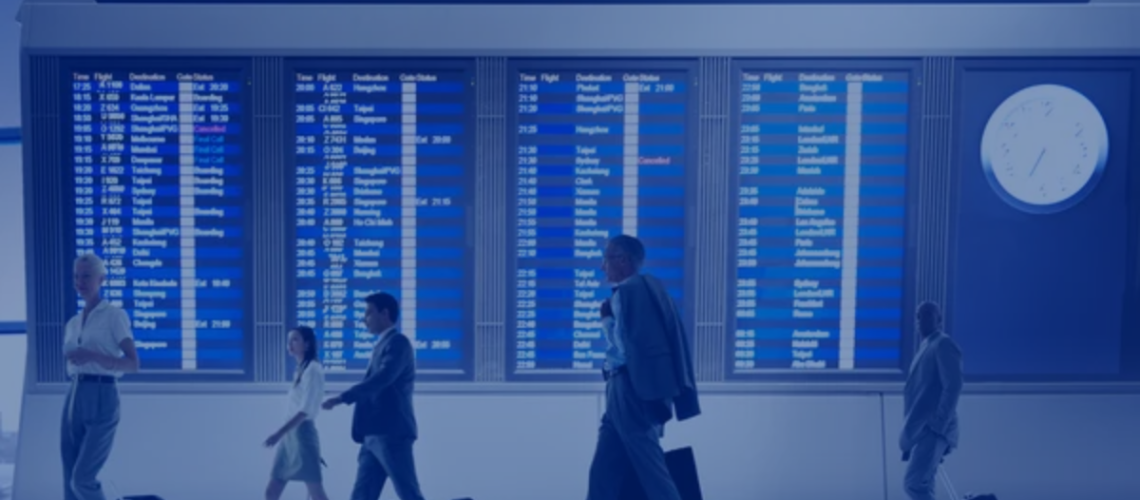Jake’s already given his take on Reason Codes and Hard Approval – check them out if you haven’t already!
Why do travel and expense policies exist? We can argue for a few different purposes, but there’s one that clearly stands out among the others: keeping the costs down.
Sure, there are (and should be) elements of duty of care and sustainability sprinkled into the most well thought out policies, but travel and expense guidelines were born with the purpose of keeping travelers’ spending habits in check when traveling on the company dime.
Policies range from company to company, usually based on culture, and trying to strike the right balance between cost efficiency and employee comfort on the road. Organizations want their people spending responsibly but understanding that business travelers are taking time away from their families means that they shouldn’t suffer while on the road.
This takes me to another common policy that, in my opinion, is far too restrictive to work for a business traveler in reality: Low Fare.
Often, corporate travel policies will state that travelers must choose the lowest available fare when booking. When using an online booking tool, the tool will usually be programmed to search within a specific time window (often plus or minus two hours from the original searched time). If I search for a flight at 8 am, the tool will usually bring back fares between 6 am and 10 am. When choosing a “low fare”, it’ll be the fares in that four hour window that’ll be considered when registering if I broke policy or not.
While I understand the logic, there are a number of factors that can make choosing the lowest fare unmanageable for a traveler, and sometimes even more costly for the company.
Time is money
Firstly, lowest fare often ignores other relevant factors that have a huge impact on employee productivity and happiness, namely total travel time. You might find two flight options at a $70 difference, but one is a direct flight and the other has two layovers. With a strict lowest fare requirement, choosing the direct flight would result in breaking policy – but would it really be more economical? Are six extra hours of travel time worth a $70 difference, not to mention the discomfort for the traveler and risk of missing a connection?
Don’t forget about the traveler
It’s also important to consider the perks that come with specific travelers’ loyalty programs. Travelers’ almost always have brand preferences, whether it be certain hotel chains, car rental companies or airlines. Over time, they tend to build status with the vendors they use most, offering them benefits like free upgrades, priority boarding, advanced seat selection, a free bag, etc. A strict low fare policy completely ignores the traveler’s preference, forcing them to choose the airline that offers the absolute lowest cost.
This can be argued both ways. There’s definitely a value to keeping travelers booking with the airline with which your organization has a contract, agreement, or discounted rate. That being said, program owners should consider going to their airline partners to get status matches for frequent travelers, so that they don’t lose the perks that keep them comfortable while on the road (or in the air).
Jake’s Proposed Solutions
Solution 1: Lowest fare plus a buffer ($100 in my opinion). With $100 of wiggle room, travelers can usually avoid connections, and choose the airline and schedule they prefer without breaking policy (or the bank). Not only will this make happier, more efficient travelers, but it also makes policy breaches more meaningful. If the rules are too strict people will be constantly breaking policy and explaining it away by citing “inconvenience” or “too many connections,” often with reason. This makes any reporting on broken policy incidents meaningless, if every second booking is out of policy. Giving travelers a little breathing room to spend and choose freely will mean that policy breaches are more meaningful, while creating happier, more productive travelers.
Solution 2: A more flexible fare. Over the years, I’ve begun advising Encore’s clients to allow for (and recommend) more flexible fare classes for one major reason. The extra cost is usually less than the added cost of a seat plus a change. Let’s be honest. Business travel changes all the time. More flexible fares tend to allow for cheaper or free changes, and usually even a single change to a trip on the cheapest fare ends up costing more than the initially more expensive fare.
The best travel policies perfectly strike that balance between cost efficiency and traveler satisfaction, and giving travelers a little more flexibility when choosing their flights is one of many ways to help corporations get there.

I help organizations and their travelers get where they need to go –
safely, sustainably and efficiently.
My background in finance and private equity has helped me save businesses money by optimizing their travel programs to get the most miles out of each dollar.


